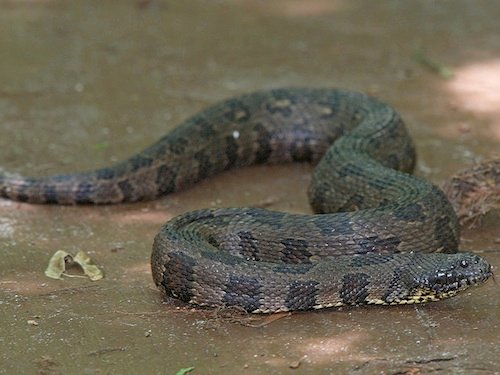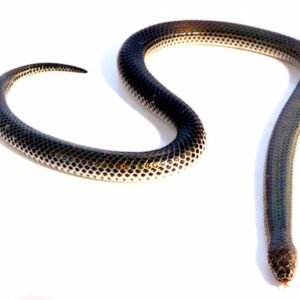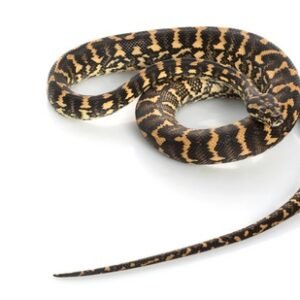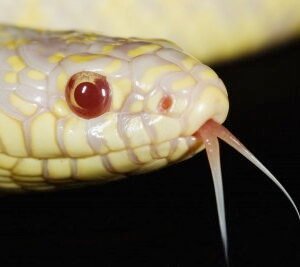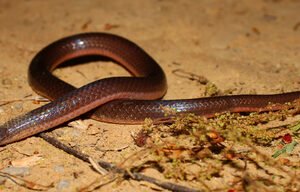Physical Characteristics and Identification of the Brown Water Snake
The brown water snake, scientifically known as Nerodia taxispilota, exhibits a series of distinctive physical characteristics that facilitate its identification in the wild. Typically, it possesses a robust body that can reach lengths between 36 to 48 inches, with some individuals potentially growing larger. Their size makes them one of the more considerable non-venomous snakes found in North American wetlands.
Coloration in brown water snakes varies considerably, taking on shades from rich chocolate brown to light tan. This coloration is complemented by darker blotches or bands along their body, which can range from brown to almost black. Such patterns not only enhance the snake’s camouflage in its natural habitat but also serve as a handy identification feature for observers. The ventral side is usually lighter, often exhibiting a yellowish or cream hue, adding to their distinctive appearance.
One of the most notable traits to look for when identifying a brown water snake is the presence of keeled scales. These scales give the snake a rough texture, which differentiates it from similar species. When comparing it to the more slender and less patterned northern water snake (Nerodia sipedon), the brown water snake appears bulkier with less vibrant coloration. Another significant differentiation is the brown water snake’s more rounded snout compared to its northern counterpart.
In terms of weight, adult brown water snakes can average between 1 and 2.5 pounds, though females tend to be heavier than males. These characteristics, alongside their unique coloration and the geographical variations that can appear in different habitats, make the brown water snake a fascinating subject for herpetologists and nature enthusiasts alike. Correct identification is essential, particularly when observing them in their natural surroundings, to appreciate the diverse array of adaptations these snakes possess.
Habitat and Behavior of the Brown Water Snake
The brown water snake (Nerodia taxispilota) is predominantly found in various freshwater habitats across the southeastern United States. They favor wetlands, rivers, and swampy areas where they can easily access their primary food sources and suitable basking locations. These snakes are highly adaptable and can thrive in a range of environments, from slow-moving streams to open ponds. Their presence in these ecosystems is crucial as they contribute to the management of fish populations and other aquatic organisms.
Brown water snakes exhibit fascinating behavior patterns, especially in terms of hunting techniques and foraging. They are non-venomous constrictors, employing a unique hunting strategy that involves ambushing unsuspecting prey, mainly comprising fish and amphibians. When hunting, they tend to remain motionless, blending seamlessly with their surroundings, before quickly striking at their target. Their natural camouflage helps them avoid detection by both prey and potential predators.
Mating rituals are equally intriguing, as they occur during the warmer months, typically from April to June. Male brown water snakes engage in combat to secure mating rights, using both physical strength and strategic movements to outmaneuver rivals. After mating, females will often seek out secluded areas to lay their eggs, usually in soil or decayed plant matter, providing a safe environment for the developing embryos.
Despite their adaptability, brown water snakes face several threats that jeopardize their population. Habitat destruction due to urban development, pollution, and climate change significantly impact their natural environments. Consequently, they play an integral role in the ecosystems they inhabit, helping to maintain ecological balance. Conservation efforts aimed at protecting their habitats and raising public awareness of their ecological significance are vital for ensuring the long-term survival of the brown water snake. Various organizations and wildlife agencies are actively promoting such initiatives to foster a better understanding of this important species.

